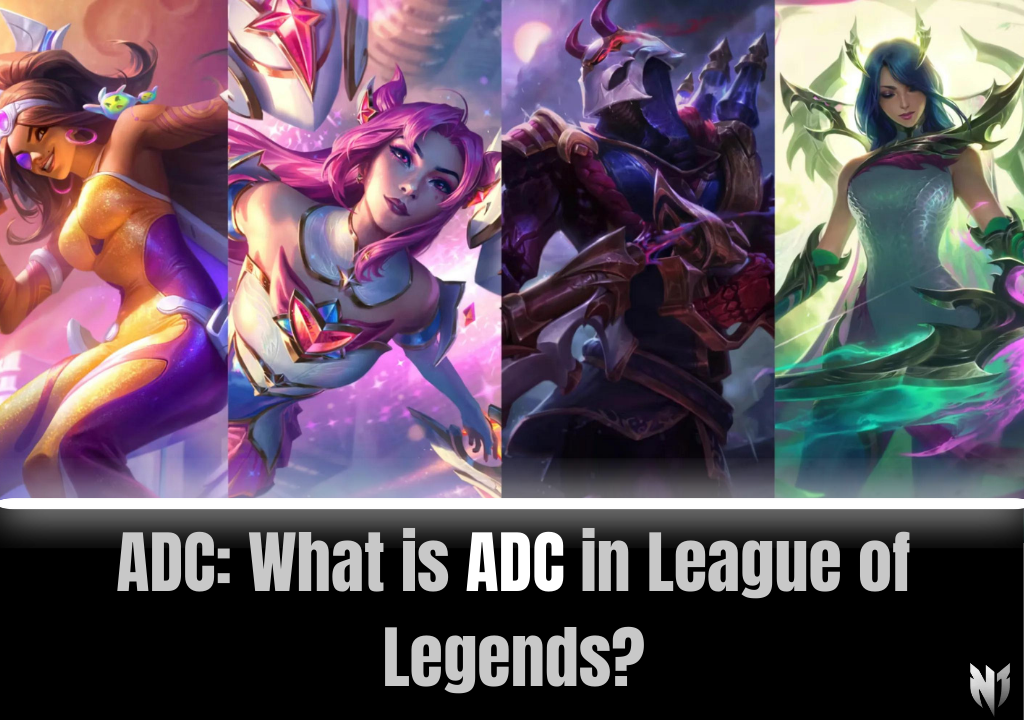

What ADC essentially refers to is any champion that deals high damage using their basic attacks and scales with attack-related stats using items that increase attack damage, critical strike chance, and attack speed.
When calling out their roles in blind pick queue, many players type ADC instead of the traditional bot or support. Even though officially the term has been retired, ADC or 'Attack Damage Carry' is still a phrase many players and even Riot employees use today.
In League of Legends, ADCs are considered to be an important role, but they are not necessarily the most important role. Each role in the game, including ADC, has its own unique strengths and weaknesses, and the importance of each role can vary depending on the specific situation and the overall strategy of the team.
In general, the ADC role is considered to be important because ADCs are responsible for dealing a large amount of physical damage to the enemy team's champions. This damage is critical for securing kills and destroying the enemy team's structures, which are key objectives in the game. ADCs are also often played in the bottom lane of the game's map, which is an important area for gaining gold and experience, and for controlling the flow of the game.
However, the importance of the ADC role can vary depending on the specific champions being played and the overall strategy of the team. For example, if the enemy team has a lot of champions who are resistant to physical damage, the ADC may not be as effective as other roles, such as mages or tanks, who can deal different types of damage. Additionally, the support champion who is paired with the ADC can also have a significant impact on the effectiveness of the ADC, as the support can provide healing and other utility to help the ADC stay alive and continue dealing damage.
Overall, while the ADC role is important in League of Legends, it is not necessarily the most important role in every situation. The importance of each role can vary depending on the specific champions being played and the overall strategy of the team.
In a typical game of League of Legends [2], the ADC is the one who farms minions and other neutral monsters in the bottom lane, while the support champion provides utility and protection for the ADC. This is because the ADC is the champion on the team who is focused on dealing physical damage to the enemy team's champions, and farming is an important way for the ADC to gain gold and experience, which will allow them to buy items and increase their attack damage.
The support, on the other hand, is typically played as a champion who has abilities that allow them to provide utility and support for the team. This may include abilities such as healing, crowd control, or defensive abilities, which can help the ADC stay alive and continue dealing damage. The support may also have abilities that allow them to set up kills for the ADC, or to disrupt the enemy team's movements.
The reason why the ADC is the one who farms minions in the bottom lane, while the support provides utility and protection, is because this is the most effective way for the team to maximize the ADC's damage output and secure victories. By farming and gaining gold and experience, the ADC can become a powerful damage dealer, while the support can provide the utility and protection needed to keep the ADC alive and help the team win games.
To counter ADC players in League of Legends, there are several strategies that players can use. These strategies may include:
There are many different strategies that players can use to counter ADC players in League of Legends. By picking the right champions, coordinating with the team, and using effective tactics, players can effectively counter ADC players and help their team secure victories.
While the term ADC was previously used to refer to both ranged and melee champions, it now is typically only used for ranged ones (the ones that some people call marksmen), with melee ones being called slayers or fighters.
As such, when someone says ADC, chances are they mean one of the following champions:
Notice how all of these are ranged champions that usually scale with attack damage. Because of this, ranged champions such as Teemo aren't included as they scale with ability power.
If you're learning more about ADC because you can't decide on a role to main for when you're playing League of Legends, worry not. We have a guide on all the LoL roles that will surely help you pick the right one for yourself!
Professional boosting with No Cheats, 100% Refund Guarantee, and Trusted Boosters.